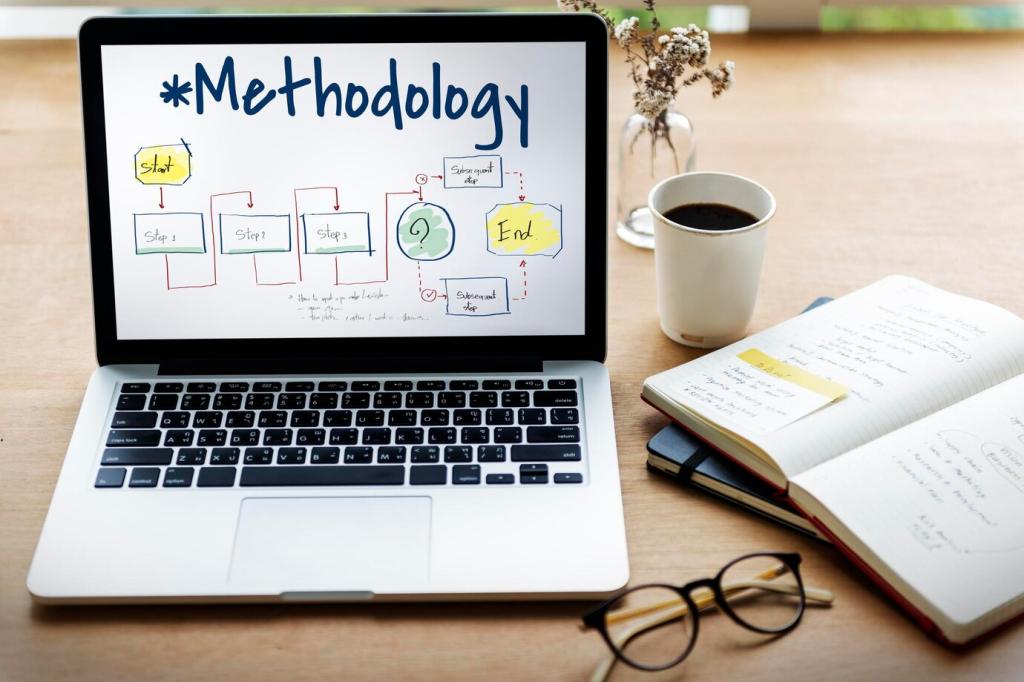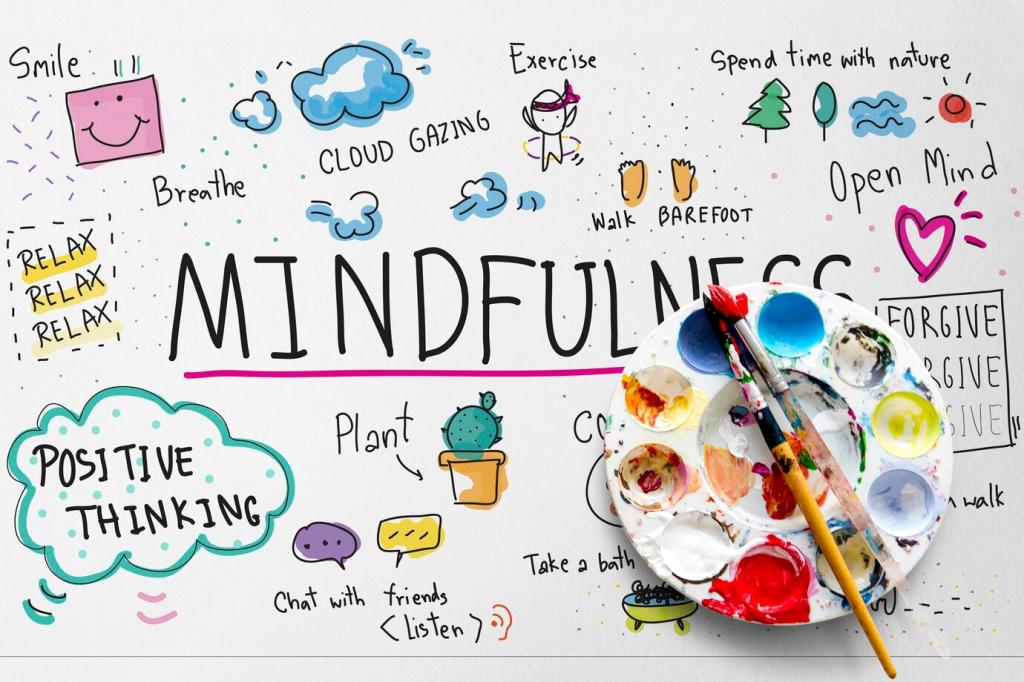
The Role of Mindfulness in Organizational Culture
Chosen theme: The Role of Mindfulness in Organizational Culture. Step into a workplace where clarity, compassion, and focus shape everyday decisions. Explore how mindful habits transform teams, reduce friction, and nurture sustainable performance. Join the conversation, share your experiences, and subscribe for practical tools that bring calm purpose to busy workdays.
From Individual Practice to Collective Norm
When one person pauses before responding, it is courtesy; when a team pauses together, it becomes culture. Mindfulness scales through small, consistent acts that ripple across meetings, feedback, and priorities, gradually creating norms that value presence, respect, and wiser choices under pressure.
The Brain at Work: Focus Over Frenzy
Constant context switching exhausts attention and increases errors. Mindfulness trains the mind to anchor on one task, notice distractions without chasing them, and return intentionally. Teams benefit from fewer reworks, clearer communication, and a calmer tempo that still moves fast when it truly matters.
Values You Can Feel, Not Just Frame
Many organizations frame values on the wall, yet culture lives in moments. Mindfulness helps people translate words like respect, integrity, and courage into behaviors, especially during tense conversations, deadlines, or ambiguity, turning aspirational statements into daily, observable practice everyone can trust.
Leadership as the Beacon of Mindful Culture
When a leader pauses before answering a tough question, acknowledges emotions, and chooses clarity over haste, the room shifts. People mirror that steadiness. Over time, the team learns to bring thoughtful pace to high-stakes moments, reducing panic and improving judgement when outcomes matter most.

Leadership as the Beacon of Mindful Culture
A mindful minute at the start of meetings can feel awkward at first. Keep it light, optional, and consistent. Leaders who gently protect these micro-rituals show that attention is valued. That small choice lowers stress and invites fuller participation from quieter voices that often hold insight.
Everyday Practices that Make Mindfulness Stick
Purposeful Meetings with Breathing Room
Start with a clear intention, a brief centering breath, and shared ground rules for listening. Timebox discussions. End with commitments and a moment to note energy levels. These small additions make meetings shorter, kinder, and more productive without sacrificing rigor or the pace of decision making.
Mindful Communication in Channels
Slow the send button. Encourage drafting messages, rereading once for tone, and choosing the right medium for sensitive topics. Adopt quiet hours for deep work. These norms reduce misunderstandings, prevent reactive threads, and create a healthier cadence for collaboration across time zones and personalities.
Check-ins That Humans Actually Enjoy
Replace status-only standups with mindful check-ins: one sentence on focus, one on feeling, and one on help needed. This structure normalizes humanity at work, uncovers blockers early, and builds trust without turning the ritual into therapy or losing the forward momentum teams depend on.
Mindful listening means hearing fully before planning your reply. Teams that practice it interrupt less, validate more, and ask clarifying questions. Decisions improve because hidden constraints and creative ideas surface earlier, transforming conflict into problem solving rather than personal battles that drain morale.
Psychological Safety Through a Mindful Lens
When pressure spikes, naming feelings reduces their grip. Saying I am anxious about the deadline invites support. Mindful language reframes tension as shared challenge. The result is faster recovery, fewer escalations, and a culture where people can bring concerns without fearing reputational harm.
Psychological Safety Through a Mindful Lens
Measuring Impact Without Killing the Spirit
Look for reduced rework, fewer meeting hours, clearer priorities, and improved employee pulse scores for focus and safety. Pair quantitative trends with qualitative anecdotes. Stories give context to numbers, helping teams understand not just what changed, but how and why the change is sustainable.
Measuring Impact Without Killing the Spirit
Mandatory mindfulness can backfire. Avoid attendance metrics that shame or pressure. Instead, track adoption of mindful workflows and outcomes that benefit customers. Celebrate teams experimenting with practices, and invite feedback to refine rituals so they remain relevant, respectful, and genuinely helpful to work.
Measuring Impact Without Killing the Spirit
Short, frequent retros create faster improvement than big yearly summaries. Ask what felt clearer, what felt heavy, and what to try next. Keep it constructive. Over time, these loops weave mindfulness into operations, making reflection as normal as shipping code or closing quarterly books.
Stories from the Floor: Real Teams, Real Change
Aisha, a product manager, began opening sprint reviews with a 60-second breath and a simple intention. At first, teammates smirked. After two months, velocity stabilized and heated debates cooled. People felt heard, and the team shipped fewer rushed fixes because they caught assumptions earlier.
Stories from the Floor: Real Teams, Real Change
A frontline crew added a quick pause before shift handoff: one safety note, one appreciation, one focus. Accident near-misses dropped, and new hires reported faster integration. The ritual took three minutes yet rewired attention from hurry to awareness, protecting both people and productivity every day.


Getting Started in Your Organization Today
Pick One Habit and Protect It
Choose a simple practice: a mindful minute, focused work blocks, or reflective check-ins. Communicate the why, pilot with volunteers, and gather feedback. Protect the habit for four weeks so it has a fair chance to stick, then iterate thoughtfully based on what people actually experience.
Co-Design with Your Team
Invite colleagues to shape the rituals. Ask what would reduce friction and increase clarity. Co-creation builds buy-in and ensures practices match real workflows. Share outcomes transparently and celebrate small wins to keep momentum alive without turning mindfulness into another top-down initiative nobody trusts.
Share, Subscribe, and Stay Curious
Tell us what you try, what works, and where you struggle. Post a comment, invite a colleague to read, and subscribe for ongoing tools. Your insights help this community refine practical, respectful ways to embed mindfulness at work without losing urgency, accountability, or ambition.
